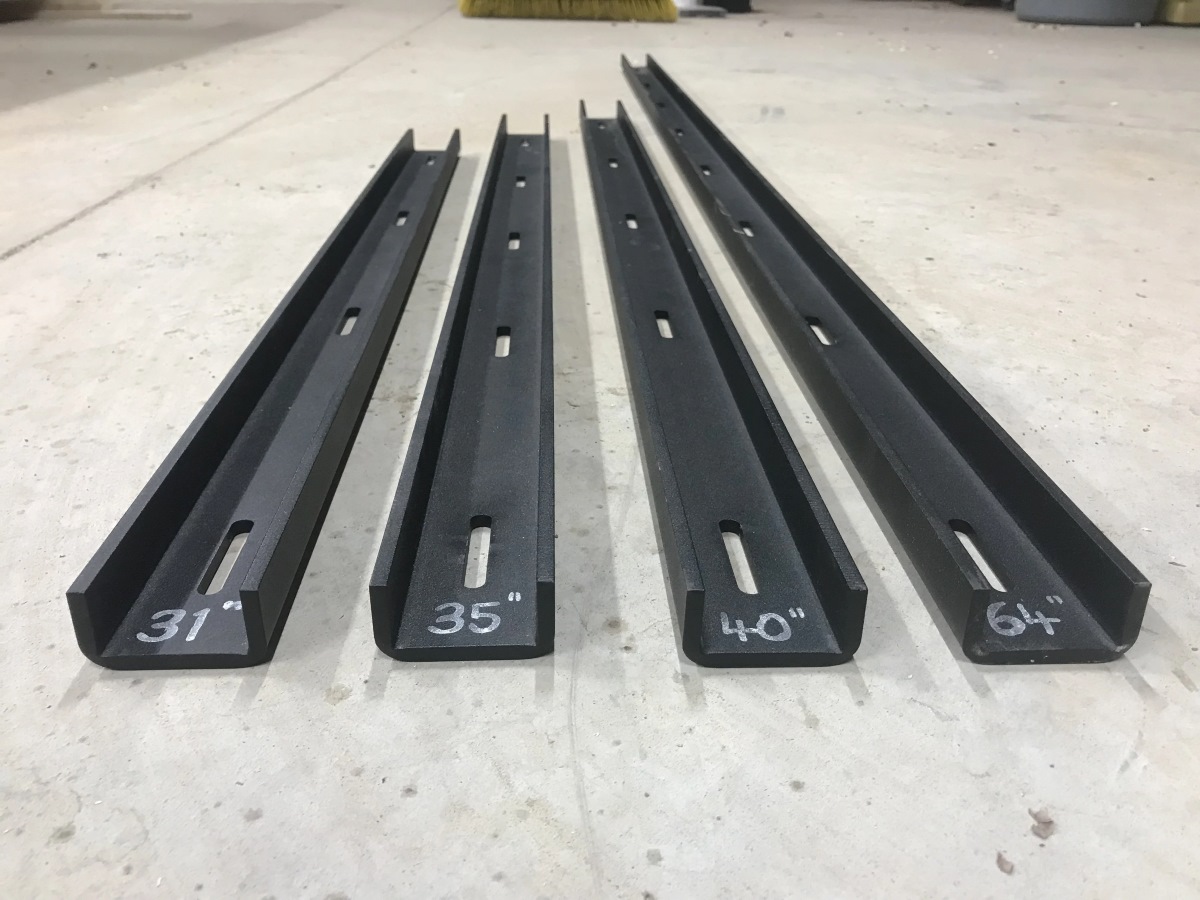

Articles
What Are C-Channels Used For In Woodworking
Modified: December 7, 2023
Discover the various uses of C-Channels in woodworking. Read informative articles on different applications and techniques. Expert advice for woodworkers.
(Many of the links in this article redirect to a specific reviewed product. Your purchase of these products through affiliate links helps to generate commission for Storables.com, at no extra cost. Learn more)
Introduction
Woodworking is a timeless craft that has been practiced for centuries, creating functional and beautiful pieces with the use of various tools and techniques. One versatile component that finds its place in many woodworking projects is the C-channel. C-channels, also known as U-channels or track channels, are structural elements that are commonly used to add strength, stability, and support to woodworking projects.
A C-channel is characterized by its shape, resembling the letter “C”. It features two parallel flanges connected by a web, creating a versatile channel that can be used in a variety of applications. In woodworking, C-channels are often made of durable materials like steel or aluminum, which provide excellent strength and rigidity.
There are different types of C-channels used in woodworking, each with its own unique features and benefits. Understanding the various types and their applications can help woodworkers make informed decisions when incorporating C-channels into their projects. In this article, we will explore the different types of C-channels used in woodworking and their wide range of applications.
Key Takeaways:
- C-Channels, such as standard, recessed, and lipped types, enhance woodworking projects by providing strength, stability, and support at crucial joints, corners, and panel edges.
- Woodworkers can benefit from using C-Channels in cabinetry, workbenches, shelving units, and furniture construction to reinforce frames, prevent warping, and add stability, ensuring the longevity of their creations.
Read more: How To Cut Wood Channel With Hand Tools
Definition of C-Channels
A C-channel, also known as a U-channel or track channel, is a structural element commonly used in woodworking projects to provide strength, stability, and support. It is named for its distinctive “C” shape, featuring two parallel flanges connected by a web. This shape allows the C-channel to be used in a variety of applications, making it a versatile component in woodworking projects.
C-channels are typically made of durable materials such as steel or aluminum. Steel C-channels offer excellent strength and load-bearing capabilities, making them ideal for heavy-duty applications. Aluminum C-channels, on the other hand, are lightweight and corrosion-resistant, making them suitable for projects that require mobility or exposure to different environments.
The size and dimensions of C-channels can vary, depending on the specific needs of the woodworking project. These dimensions are typically represented by the height of the flanges (legs), the width of the web, and the thickness of the material. The dimensions of C-channels can range from small and narrow profiles to larger and more substantial profiles, depending on the load-bearing requirements of the project.
In addition to their shape and dimensions, C-channels may also have additional features such as holes or slots along the flanges. These features allow for easy installation and attachment of other components, such as bolts or screws, enhancing the flexibility and versatility of the C-channel.
Overall, C-channels are essential components in woodworking projects, providing structural strength, support, and stability. Whether used to reinforce joints, create frames, or add rigidity to panels, C-channels play a crucial role in maximizing the strength and longevity of woodworking projects.
Types of C-Channels Used in Woodworking
There are several types of C-channels used in woodworking projects, each designed to meet specific needs and requirements. The choice of C-channel type depends on factors such as load-bearing capacity, material compatibility, and ease of installation. Let’s explore some of the common types of C-channels used in woodworking:
- Standard C-Channels: Standard C-channels are the most commonly used type in woodworking projects. They have a symmetrical shape, with equal flange widths and a uniform thickness throughout. Standard C-channels are available in various sizes and dimensions, allowing woodworkers to choose the appropriate size for their specific project needs.
- Recessed C-Channels: Recessed C-channels, also known as track channels, have a groove or recess along one or both of the flanges. This design allows for the easy insertion and secure placement of other components, such as sliding doors or panels. Recessed C-channels are commonly used in applications where adjustable or removable elements are required.
- Lipped C-Channels: Lipped C-channels, also called hat channels, have one flange that is wider and extends outwards, creating a lip. This design provides additional rigidity and increased load-bearing capacity. Lipped C-channels are often used in woodworking projects that require extra strength, such as heavy-duty shelving units or structural frames.
- Slotted C-Channels: Slotted C-channels feature slots or holes along the flanges or the web. These slots allow for easy adjustment and secure fastening of components with screws or bolts. Slotted C-channels are commonly used in applications where flexibility and easy assembly are essential, such as adjustable shelving or modular furniture systems.
- Decorative C-Channels: Decorative C-channels offer a visually appealing alternative to standard C-channels. They often feature intricate designs, patterns, or decorative elements along the flanges, adding an aesthetic touch to woodworking projects. Decorative C-channels are commonly used in applications like trim work, cabinetry, and furniture where aesthetics play a significant role.
These are just a few examples of the types of C-channels used in woodworking. The variety of options available allows woodworkers to choose the most suitable type for their specific project requirements, ensuring optimal strength, functionality, and visual appeal.
Applications of C-Channels in Woodworking
C-Channels are versatile structural elements that find a wide range of applications in woodworking projects. Their strength, stability, and ease of installation make them valuable components in various woodworking applications. Let’s explore some of the common applications of C-Channels in woodworking:
- Frame Reinforcement: C-Channels are commonly used to reinforce the frames of woodworking projects such as cabinets, tables, or storage units. By attaching C-Channels to the corners and edges of the frame, woodworkers can enhance the structural integrity and stability of the piece.
- Junction Support: C-Channels are often used to provide support and stability at joinery points in woodworking projects. For example, when joining two pieces of wood at a right angle or creating a mitered joint, C-Channels can be used to reinforce and strengthen the joint, preventing it from loosening or weakening over time.
- Panel Stiffening: When working with large wooden panels, such as tabletops or cabinet doors, C-Channels can be used to add rigidity and prevent warping or sagging. By placing C-Channels along the edges or within the panel, woodworkers can effectively distribute the load and provide additional support to maintain the flatness and stability of the panel.
- Drawer Slides: In projects that require drawers, C-Channels are commonly used as drawer slides. The recessed design of the C-Channel allows for smooth and easy movement of the drawers in and out of the cabinet. This ensures proper functionality and durability of the drawers while maintaining a sleek and seamless appearance.
- Edge Banding: C-Channels can be used for edge banding or protection of the exposed edges of wooden panels or countertops. By attaching C-Channels to the edges, woodworkers can enhance the appearance, durability, and impact resistance of the project.
These are just a few examples of the applications of C-Channels in woodworking. The versatility of C-Channels allows woodworkers to incorporate them into a wide range of projects, ultimately enhancing the strength, stability, and functionality of their creations.
When using C-channels in woodworking, make sure to select the appropriate size and material for your project. Consider factors such as load capacity, corrosion resistance, and compatibility with other hardware.
Benefits of Using C-Channels in Woodworking
Using C-Channels in woodworking projects offers several benefits that contribute to the overall quality and durability of the finished piece. Let’s explore some of the key benefits of using C-Channels:
- Enhanced Strength: C-Channels provide additional strength and rigidity to woodworking projects, especially at crucial joints and corners. By reinforcing these areas with C-Channels, woodworkers can prevent structural failures and prolong the lifespan of the piece.
- Improved Stability: C-Channels help prevent warping and twisting of wood panels by providing support along the edges. This improves the overall stability of the project, ensuring that it remains flat and level over time.
- Easy Installation: C-Channels are relatively simple to install, making them an accessible option for woodworkers of all skill levels. They can be easily attached using screws, nails, or adhesives, saving time and effort during the construction process.
- Versatile Application: C-Channels can be used in a variety of woodworking applications, including frame reinforcement, junction support, panel stiffening, and drawer slides, among others. Their versatility allows woodworkers to incorporate them into different projects, adapting to the specific needs and requirements of each piece.
- Long-Lasting Durability: C-Channels made of materials like steel or aluminum offer excellent durability. They are resistant to corrosion, impact, and wear, ensuring that the woodworking project remains sturdy and intact for years to come.
- Flexible Design Options: C-Channels are available in various sizes, shapes, and finishes, allowing woodworkers to choose the most suitable option for their project. Whether seeking a standard design or a decorative element, C-Channels offer flexibility in design choices.
By utilizing C-Channels in woodworking, craftsmen and woodworkers can enhance the overall quality and longevity of their creations. The added strength, stability, and versatility provided by C-Channels contribute to the functionality and aesthetic appeal of the finished piece, ensuring customer satisfaction and pride in their craftsmanship.
Read more: What Are Biscuits Used For In Woodworking
Common Woodworking Projects That Use C-Channels
C-Channels are widely incorporated into various woodworking projects due to their versatility and structural benefits. Let’s explore some common woodworking projects that often utilize C-Channels:
- Cabinetry: Cabinets are a staple in woodworking, and C-Channels are frequently used in their construction. C-Channels are used to reinforce the corners and edges of cabinets, providing added strength and stability. They also serve as drawer slides, allowing for smooth and effortless opening and closing of cabinet drawers.
- Workbenches: Workbenches require sturdy construction to withstand heavy use and support weighty equipment and tools. C-Channels are commonly used to reinforce the legs and corners of workbenches, providing additional strength and stability to the structure.
- Shelving Units: Whether for storage or display purposes, shelving units often benefit from the use of C-Channels. C-Channels provide support and rigidity to shelves, preventing sagging or bending under the weight of objects. They are also used to reinforce the frame and corners of the shelving unit for added strength.
- Wooden Frames: C-Channels are commonly used in the construction of wooden frames for various woodworking projects. Whether for doors, windows, or picture frames, C-Channels provide stability and reinforcement at the joints, ensuring the structural integrity of the frame over time.
- Furniture Construction: C-Channels can be found in the construction of various types of furniture. They are used to reinforce table and chair legs, enhance the stability of bed frames, and provide support to sofa and chair frames. C-Channels contribute to the overall strength and durability of the furniture pieces.
- Panel Assembly: Woodworking projects that involve the assembly of large panels, such as tabletops, doors, or cabinets, often utilize C-Channels. By adding C-Channels to the edges or within the panels, woodworkers can prevent warping, maintain flatness, and increase the overall stability of the assembled panels.
These are just a few examples of woodworking projects that commonly incorporate C-Channels. Woodworkers across various specialties and skill levels can benefit from the structural support, stability, and versatility that C-Channels offer, ensuring the successful completion of their woodworking creations.
Tips for Using C-Channels in Woodworking
When incorporating C-Channels into your woodworking projects, there are several tips to keep in mind to ensure proper installation and maximize their effectiveness. Here are some tips to help you use C-Channels effectively:
- Measure and Plan: Before purchasing C-Channels, carefully measure and plan out your project to determine the appropriate size and dimensions of the C-Channel needed. Consider factors such as load-bearing requirements and the specific application of the C-Channel in your project.
- Proper Placement: Consider the placement of C-Channels to get the most out of their strength and support. Install them at crucial joints, corners, or areas that require additional reinforcement. Ensure that they are aligned properly and securely fastened to the wood surface.
- Pre-drill Holes: When attaching C-Channels to wood surfaces, pre-drill pilot holes to prevent splitting or cracking of the wood. This will make it easier to insert screws or nails without damaging the wood or the C-Channel itself.
- Adhesive Options: In addition to using screws or nails, consider using adhesive along with mechanical fasteners to secure the C-Channels. This can provide increased stability and prevent shift or movement over time. Use adhesive products that are specifically designed for wood applications.
- Choose the Right Material: Select C-Channels made of materials that best suit your project requirements. Steel C-Channels offer enhanced strength and durability for heavy-duty applications, while aluminum C-Channels provide lightweight functionality and resistance to corrosion.
- Consider Finish Options: If aesthetics are an important factor in your project, consider choosing C-Channels with appropriate finishes. Finishes such as powder coating or anodizing can provide an attractive appearance and additional protection against wear and corrosion.
- Experiment with Design: Get creative with C-Channels and experiment with different design possibilities. Depending on the project, you can opt for recessed C-Channels, slotted C-Channels, or even decorative C-Channels to add an aesthetic touch to your woodworking piece.
- Follow Safety Precautions: As with any woodworking task, prioritize safety when using C-Channels. Always wear appropriate safety gear, such as safety glasses and gloves, and take precautions to prevent injuries. Use the appropriate tools and techniques for installing the C-Channels safely and efficiently.
By following these tips, you can effectively incorporate C-Channels into your woodworking projects and ensure their proper installation and functionality. The careful planning, proper placement, and attention to detail will enable you to maximize the benefits of C-Channels, resulting in strong, stable, and durable woodworking creations.
Conclusion
C-Channels play a significant role in enhancing the strength, stability, and functionality of woodworking projects. Whether you’re constructing cabinets, building frames, or assembling panels, incorporating C-Channels can provide numerous benefits that contribute to the overall quality and durability of your creations.
By understanding the different types of C-Channels available, you can choose the most appropriate option for your specific woodworking project. From standard C-Channels to recessed, lipped, slotted, or decorative C-Channels, the versatility of these structural elements allows you to tailor their use to your unique requirements and aesthetic preferences.
C-Channels find their place in a variety of woodworking applications, from reinforcing frames and providing support at junctions to preventing warping and adding stability to large panels. They can also be utilized as drawer slides, edge banding, or for structural support in furniture construction.
When using C-Channels in woodworking, it is important to measure and plan carefully, ensuring proper placement and secure fastening. Pre-drilling holes, considering adhesive options, and selecting the right material and finish are key factors to ensure successful integration of C-Channels into your project.
By following these tips and taking safety precautions, woodworkers can fully harness the benefits of C-Channels in their woodworking endeavors. The enhanced strength, improved stability, and ease of installation provided by C-Channels contribute to the longevity and functionality of the finished piece.
In conclusion, C-Channels are valuable components in woodworking, offering versatility, durability, and added support. Whether you’re a seasoned woodworker or just starting out, incorporating C-Channels into your projects can elevate the quality and structural integrity of your creations, ensuring satisfaction and longevity for years to come.
Frequently Asked Questions about What Are C-Channels Used For In Woodworking
Was this page helpful?
At Storables.com, we guarantee accurate and reliable information. Our content, validated by Expert Board Contributors, is crafted following stringent Editorial Policies. We're committed to providing you with well-researched, expert-backed insights for all your informational needs.

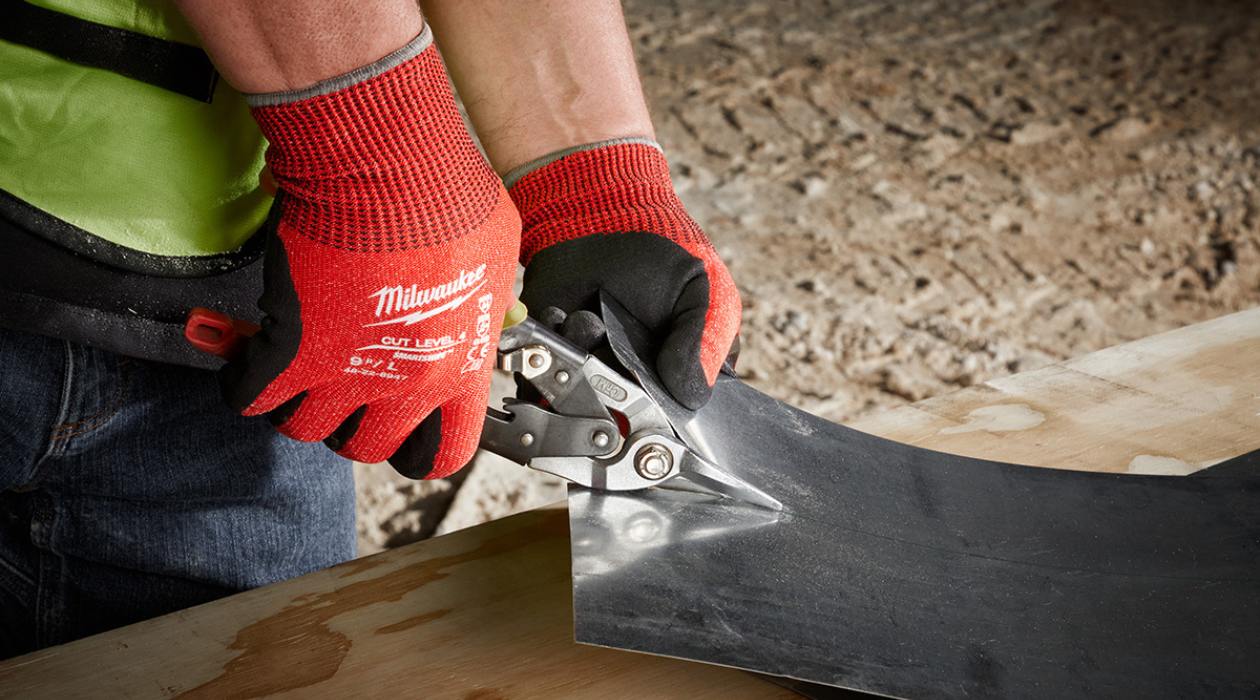
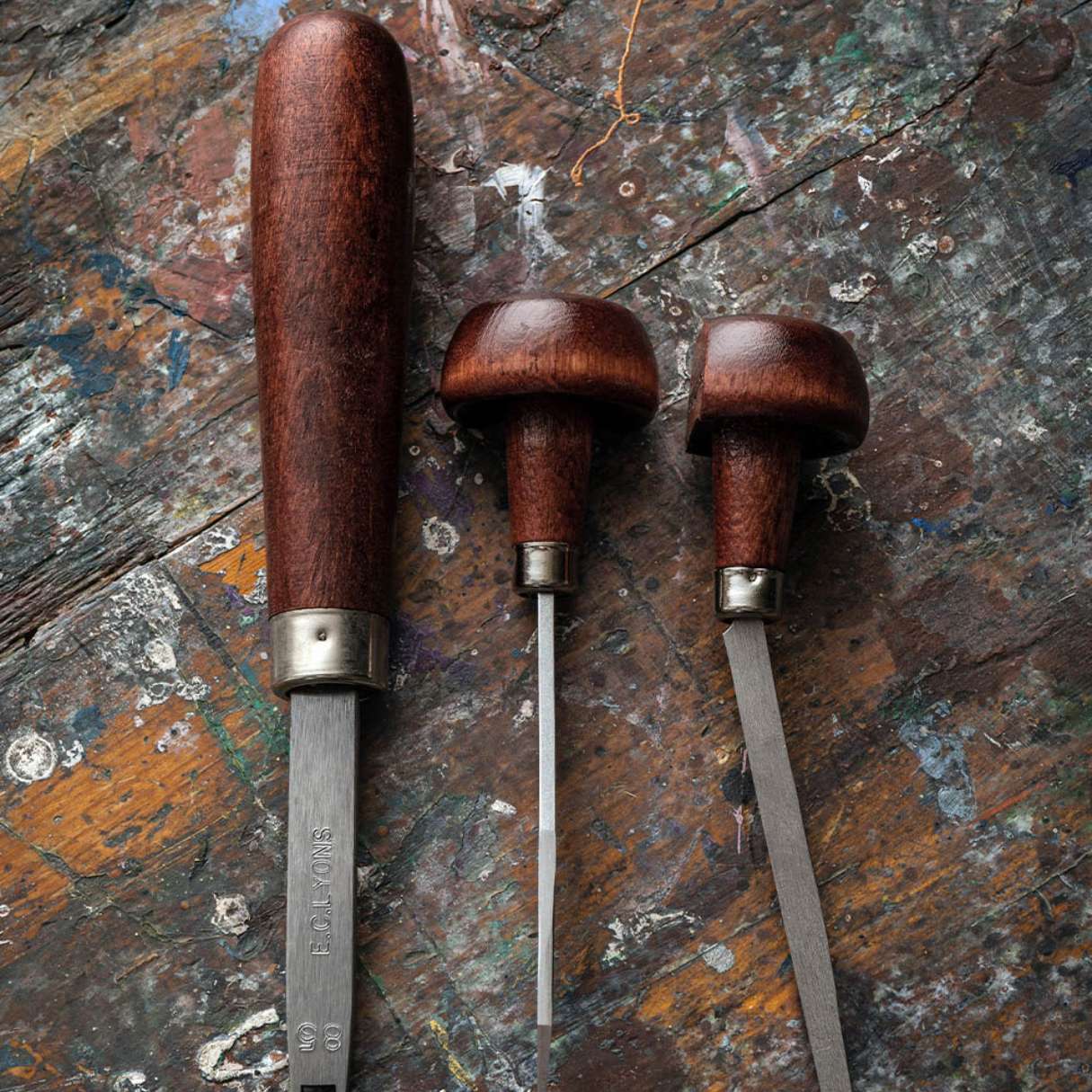


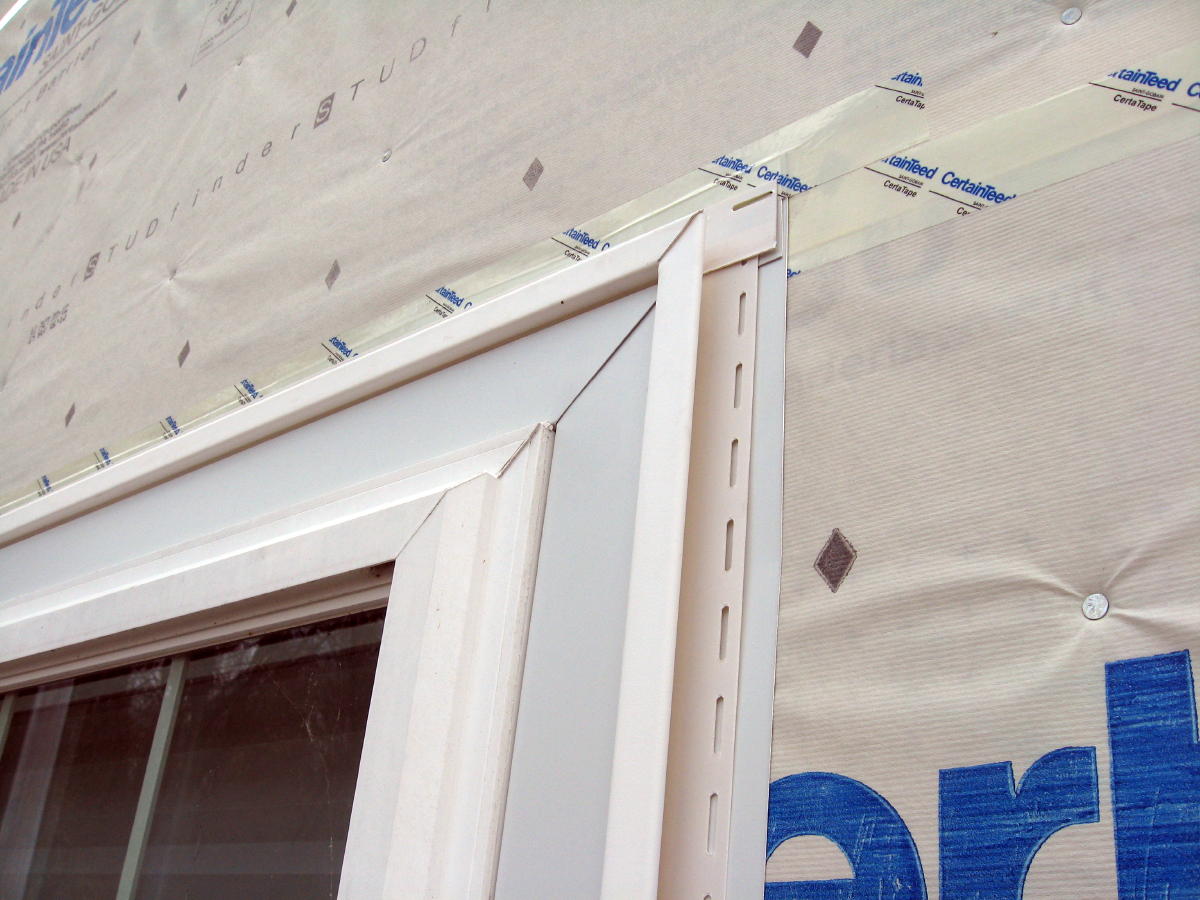


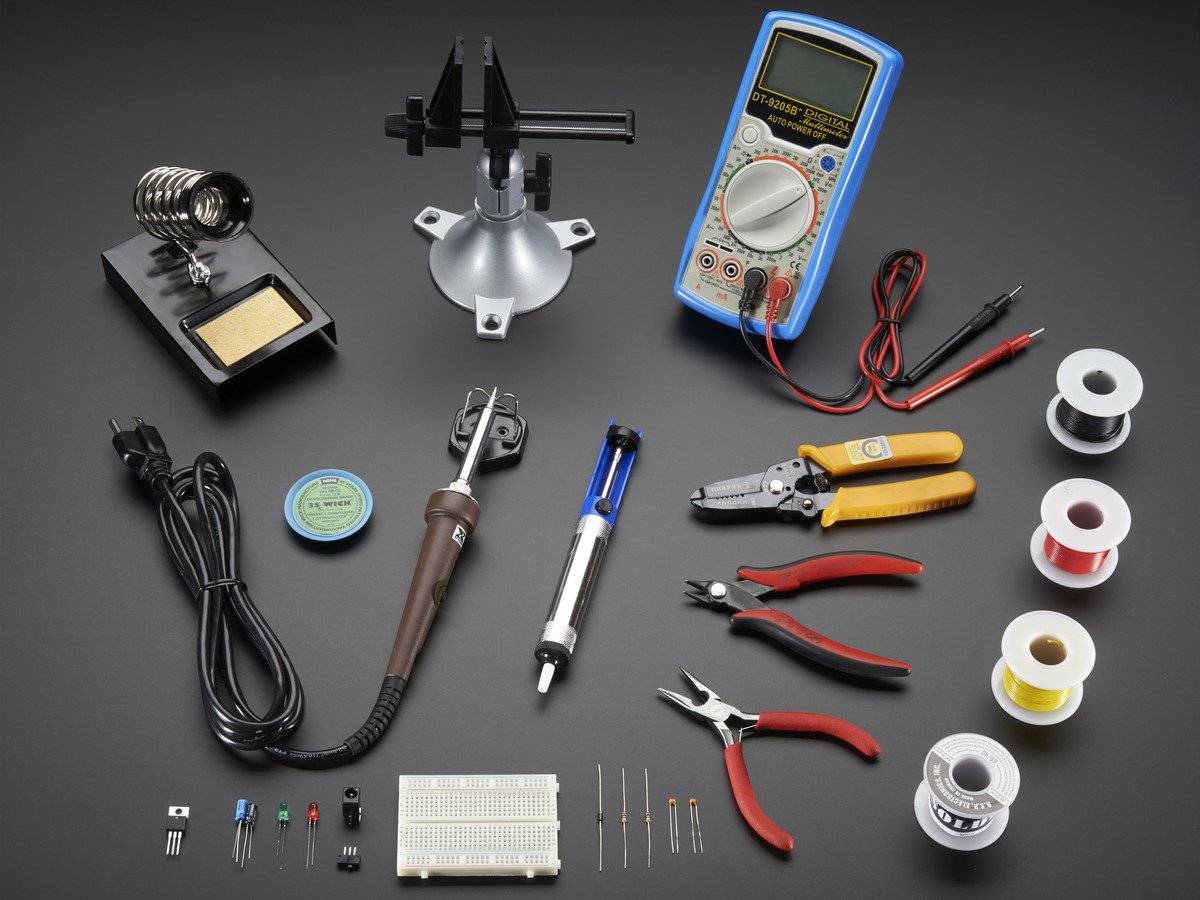


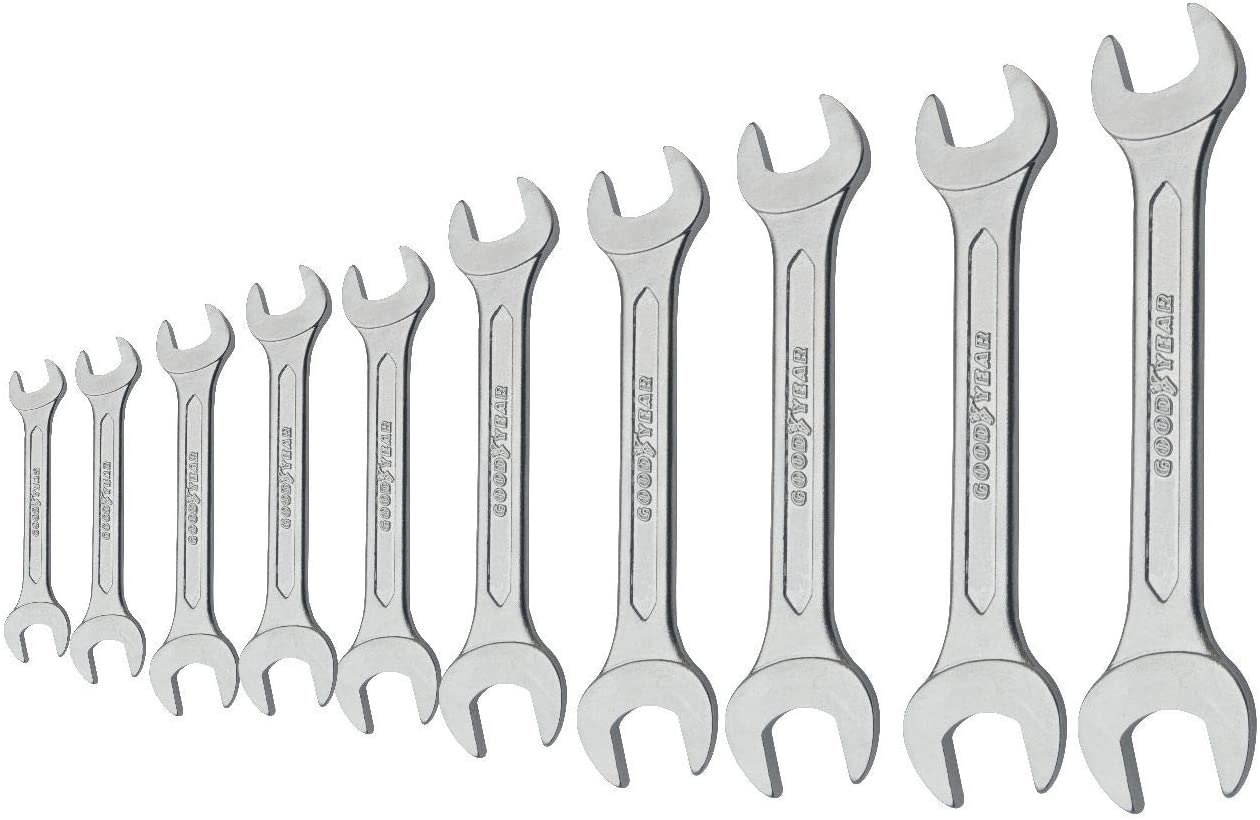
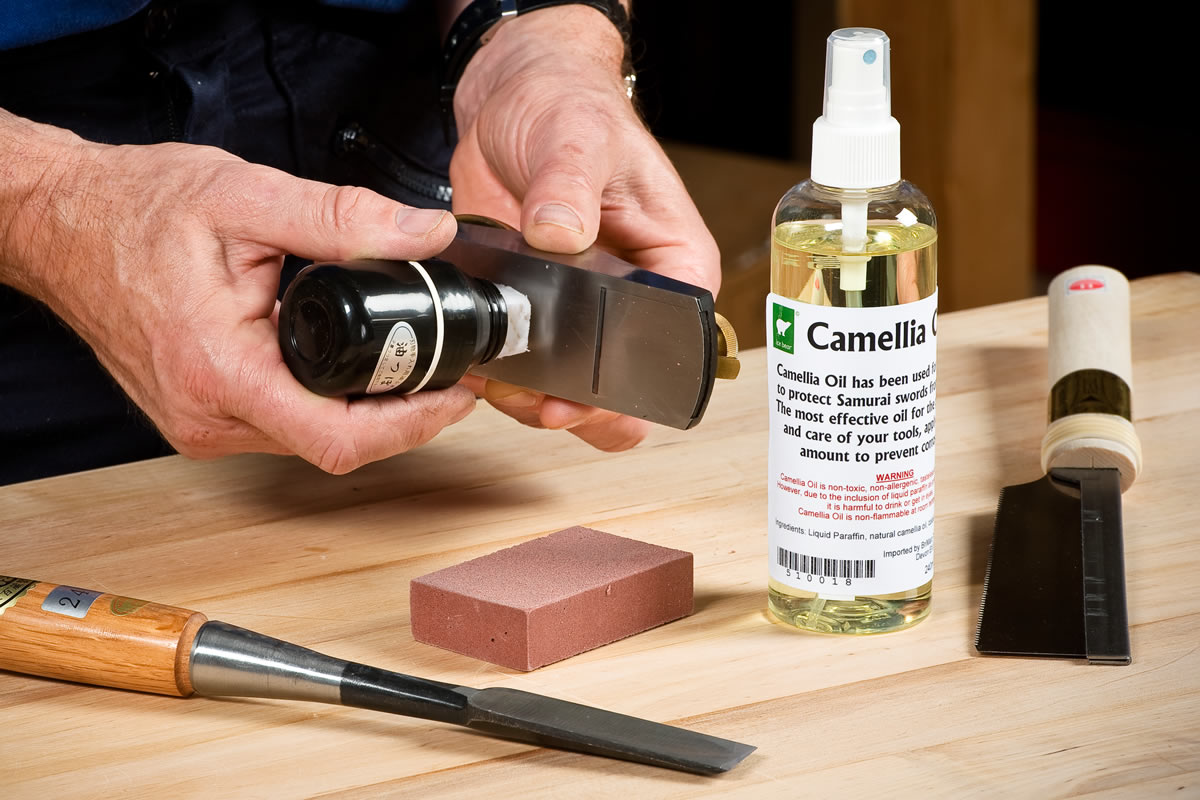
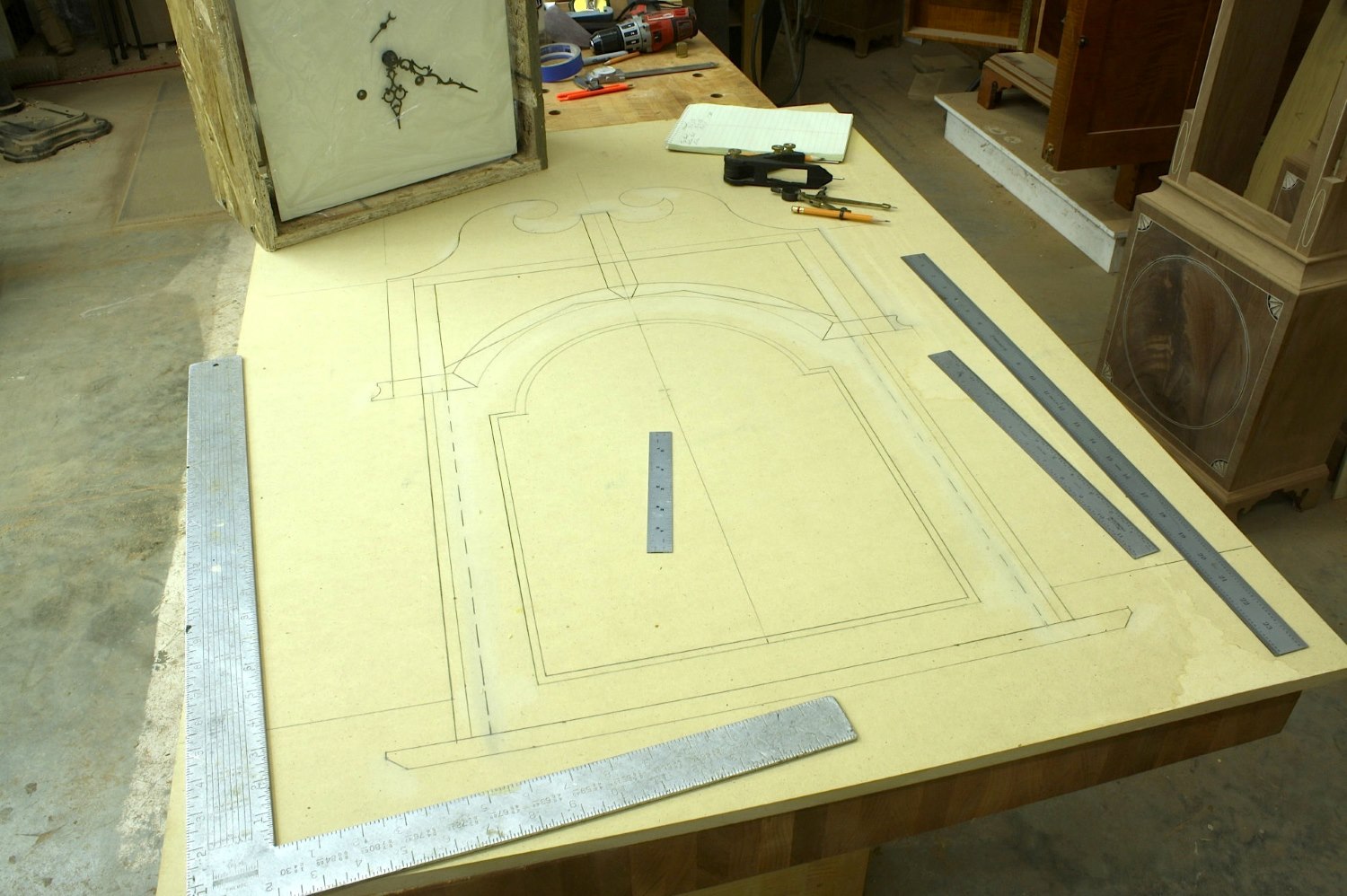

0 thoughts on “What Are C-Channels Used For In Woodworking”